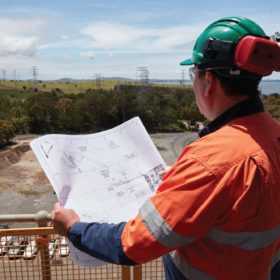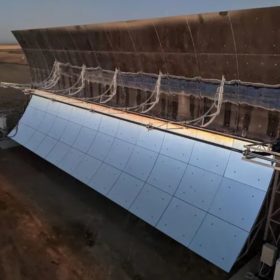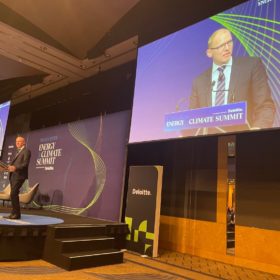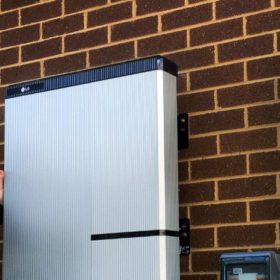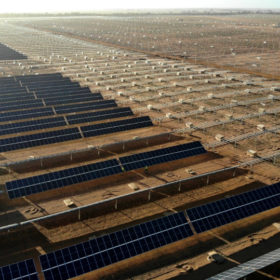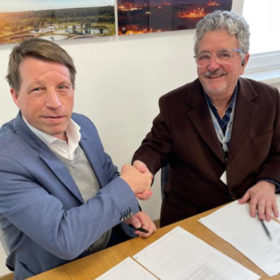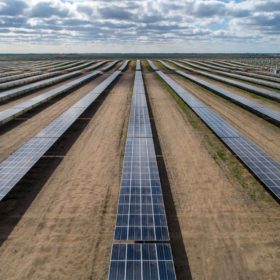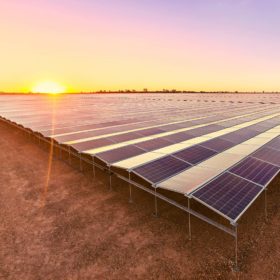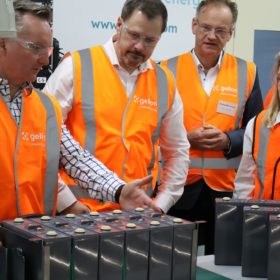Sodium-ion battery anode made from toxic hogweed
Russian researchers have transmuted poisonous Sosnowsky’s hogweed into high-grade anode material for sodium-ion batteries. The obtained material has a Coulombic efficiency of 87%, which is on par with the best reported results for hard carbons synthesised from other raw materials.
EnergyAustralia reveals plan for new 500 MW big battery
Australian electricity gen-tailer EnergyAustralia will investigate the feasibility of installing a 500 MW/2000 MWh big battery energy storage system adjacent to its 1.4 GW Mount Piper coal-fired power station in New South Wales.
Vast Solar lands US support for CSP technologies
Australian company Vast Solar’s plans to expand into the rapidly growing North American renewable energy market have received a multi-million dollar boost after the United States government announced more than $38 million (USD 24 million) in grants to advance the development of concentrated solar thermal power technologies.
Market operator calls for ‘mature conversation’ on capacity mechanism
The head of the country’s energy market operator has reiterated his call for the development of a mechanism that incentivises dispatchable capacity, saying it is critical to underpin the growth of renewables as Australia’s energy transition continues to accelerate.
Pairing batteries with rooftop solar
A growing number of residential solar projects include energy storage batteries. In the first part of this series, we look at the backup power feature of batteries.
Victoria green lights six solar farms and four big batteries
Six new solar farm projects totalling 623 MW of renewable capacity and four big batteries delivering up to 365 MW and 600 MWh of new energy storage have been given the tick of approval by the Victorian government as it looks to meet its target of powering all its operations with clean energy by 2025.
European vanadium flow battery company to specialise product for Australian microgrid market
Australian outfit BESS Research is teaming up with CellCube, owned by Austria’s Enerox, to target Australian commercial and industrial projects for the potential use of vanadium redox flow batteries.
NSW opens first in a decade of renewable tenders, targeting 12 GW of generation by 2030
New South Wales has today opened the first in what’s to be a decade of rolling tenders, part of the state’s momentous vision of fitting out 12 GW of renewable energy capacity and 2 GW of storage by 2030.
SA’s first solar-powered crypto mining centre to combat curtailment
The operators of an energy-intensive cryptocurrency mining centre in the South Australian industrial city of Whyalla believe it offers a solution to curtailment issues that haunt many developers of solar PV projects in the National Electricity Market.
Gelion unveils battery manufacturing facility in Sydney
Australia’s first zinc-bromide battery production line has commenced operations with Gelion Technologies launching a manufacturing facility in Western Sydney capable of producing 2 MWh of batteries annually.

